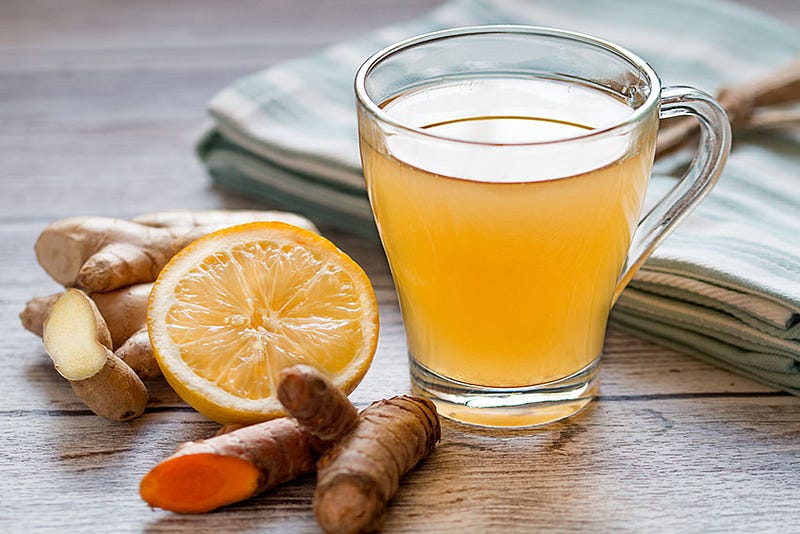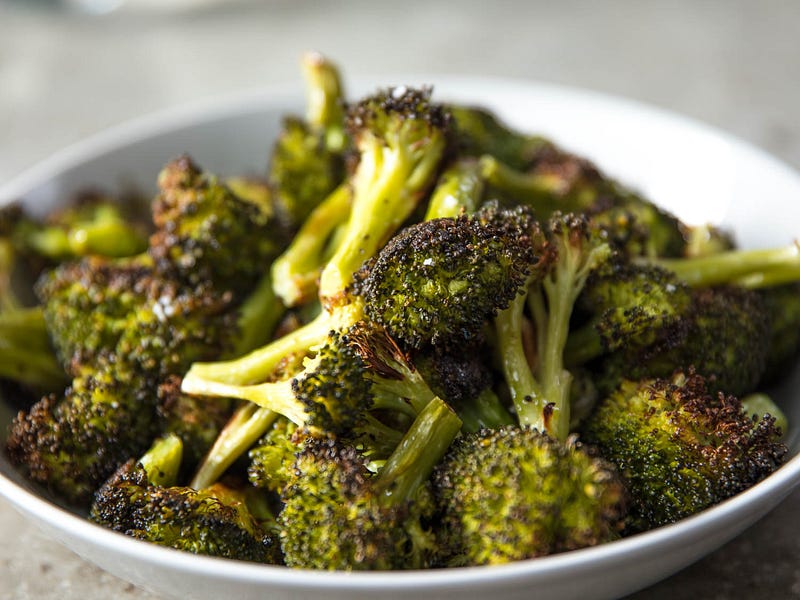5 Healing Foods for People on the AIP Diet

So you’ve taken the plunge and started the AIP diet. Congratulations! There’s no doubt you’ve been told ad nauseam the foods you should avoid in order to heal. I’m here to share with you a little secret: living with an auto-immune disease does not need to be so deficits-based. In fact, you can grow, learn, and try new things while on AIP. But before we take a look at some foods you should add into your diet while on AIP, let’s take a step back for all the curious folks and talk about why.
What is the AIP Diet?
The Autoimmune Protocol, or AIP, is a diet that is used for the treatment and management of autoimmune diseases. These diseases cause the immune system to mistakenly attack the body’s healthy tissues and are characterized by inflammation. Because irritation is at the root of autoimmune diseases, and because many health professionals believe that leaky gut is the reason people suffer from autoimmune diseases, nutritionists and holistic health professionals often recommend cutting out foods that are notoriously irritating to the body. The result: the Autoimmune Protocol. AIP is a stricter version of the Paleo diet that further eliminates irritating foods such as seeds and nightshade vegetables. Patients are further advised to consume nutrient-rich food items. By consuming the food items rich in nutrients and avoiding those that might cause inflammation, many people have found relief from their autoimmune symptoms through AIP.
If you are planning to follow the AIP diet, it is important that you strictly follow the diet plan for a few weeks. Once your condition starts to improve, you can slowly reintroduce the food items that you have been avoiding while carefully watching your body’s reaction. Should another flare up occur after eating a previously restricted food, the individual is advised to exclude such food item from their diet for a long time.
Benefits of AIP Diet
The Autoimmune Protocol Diet is very beneficial for any body, and especially beneficial for those who are are currently suffering from autoimmune diseases. Some of the most obvious benefits include:
1. The ability to maintain your health without the use of synthetic drugs.
2. An opportunity for the good bacteria residing in the gut to thrive.
3. A better understanding of your body and its functions.
4. The excuse to treat your body to only anti-inflammatory, nutrient-rich, and unprocessed natural food items.
So, What Should I Eat?
You have no doubt come across list upon list of foods you can and cannot eat while on AIP. I’m here to tell you that there’s another list: the foods you should be eating. Go crazy with them! They will only help your body to heal faster. Here is a list of the top 5 staple food items that should be a part of your meal if you are on Autoimmune Protocol Diet.
1. Turmeric
Turmeric is an important ingredient that is often add into Asian dishes to enhance the color and flavor of the food. You may not be aware that, for centuries, humans have been using turmeric for the treatment of wounds and pain. It has strong anti-inflammatory and anti-bacterial properties that will heal any body, including yours.
2. Activated charcoal
While you are on the AIP diet, it is not only important to reduce the inflammation in your body. It’s also worth making the effort to any chemicals or toxins that are causing inflammation. This is why it’s encouraged that you eat only organic and free-range foods. But what about the toxins that you cannot avoid? Enter activated charcoal. Activated charcoal was once thought to be the universal antidote to all illnesses. It has been used in Asia for tens of thousands of years by Chinese healers and Ayurvedic practitioners. More recently, it has been used since the early an emergency treatment for overdosing. In its activated state, charcoal has a negative electrical charge that attracts positively charge particles such as toxins and gases, binding itself to the unwanted guest and preventing it from being absorbed into the body. Given its powerful qualities, the detox world has cleaved to activated charcoal as a tool for cleansing the body and cultivating digestive health, heart health, and anti-aging. Be sure to consult with a trusted health professional on dosage.
3. Spirulina
Maintaining a proper nutritional level is very important any time, but especially when you are attempting to heal your body with the AIP diet. As such, spirulina is an excellent option to explore. It is cyanobacteria commonly known as blue-green algae. Spirulina will provide your body with all the important nutrients that you need to stay healthy and fit while you are following the AIP diet, many of which are impossible to get on the average diet. Another benefit of Spirulina is that it is anti-inflammatory. It will protect your body from any kind of inflammation reactions.
4. Coconut oil
Another food with powerful anti-inflammatory and analgesic (pain-relieving) properties is coconut oil. Should you use it instead of avocado oil or olive oil (two other oils that are permitted by AIP), you will find that your foods have an additional, delicious flavor and are boosted with nutritional properties and healing affects you cannot find in the other two options. Coconut oil is additionally good for massage because the oil will be infused into your bloodstream through the skin, further helping to reduce inflammation in your body.
5. Broccoli
Broccoli is jam-packed with nutrients, one of which is sulforaphane. This powerful antioxidant fights inflammation by lowering your levels of cytokines and NF-kB. Research has also show it to lower your risk of heart disease and cancer. Bon appetite!
Bottom line
Being restricted to an AIP diet doesn’t need to be a negative, restrictive experience. Once you have gotten used to the foods to avoid with the diet, make it a point to have some fun with it. Explore the five staple foods above. Learn more about them, and how you can incorporate them into your everyday life. Experiment in the kitchen. Share new foods with friends. Here are a couple of recipes to get you started.
BONUS: Ginger Turmeric Herbal Tea

Ingredients
8 cups of water
1 small lemon, chopped
1½ inch ginger root, minced
1 tsp Seasonality Spices® Turmeric
1 tsp Seasonality Spices® Cinnamon
Instructions
Add all ingredients into a pot and bring to a boil on the stove. Reduce heat and simmer for 15 minutes. Remove from heat and allow to cool off. Strain with a fine mesh strainer before serving.
BONUS: Caramelized Broccoli

Ingredients
3 tablespoons coconut oil, divided
2 heads of broccoli
1/2 cup water
4 garlic cloves, thinly sliced
2 tablespoons Seasonality Spices® Herbes de Provence
2 tablespoons fresh lemon juice
Instructions
Peel the broccoli stems away from the heads. Cut the heads in half lengthwise. In a large skillet, heat 2 tablespoons of the coconut oil. Add the broccoli, cut side down. Cover the skillet and cook over medium heat until richly browned on the bottom, about 8 minutes. Add the water, cover and cook until the broccoli is just tender and the water has evaporated. Add the remaining 1 tablespoon of coconut oil along with the garlic and the Seasonality Spices® Herbes de Provence and cook uncovered until the garlic is golden brown. Drizzle the broccoli with the lemon juice and serve.
_____
This article was written by Wheeler del Torro, Nutritional Anthropologist & Founder of Seasonality Spices